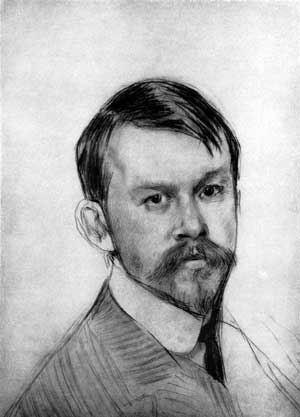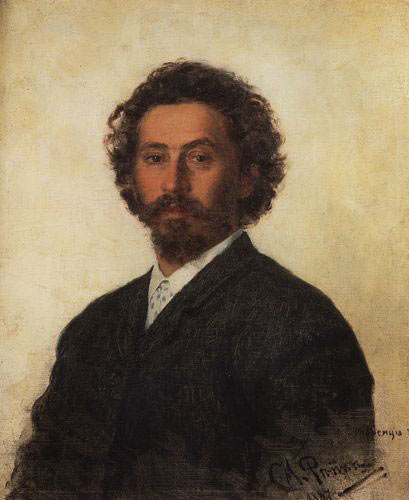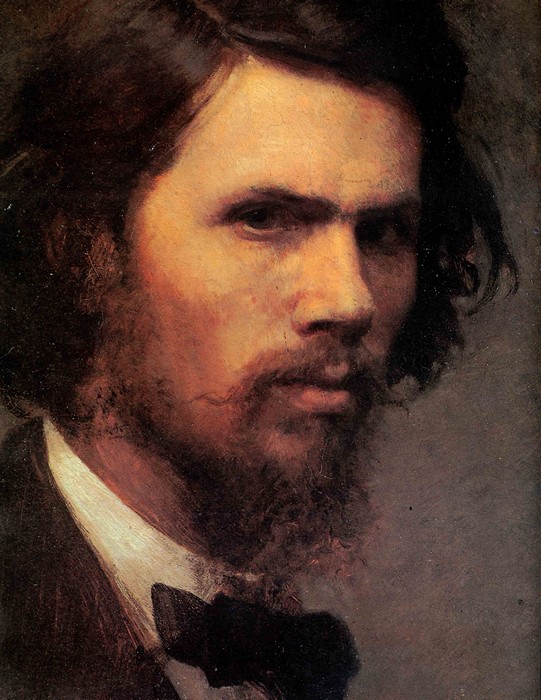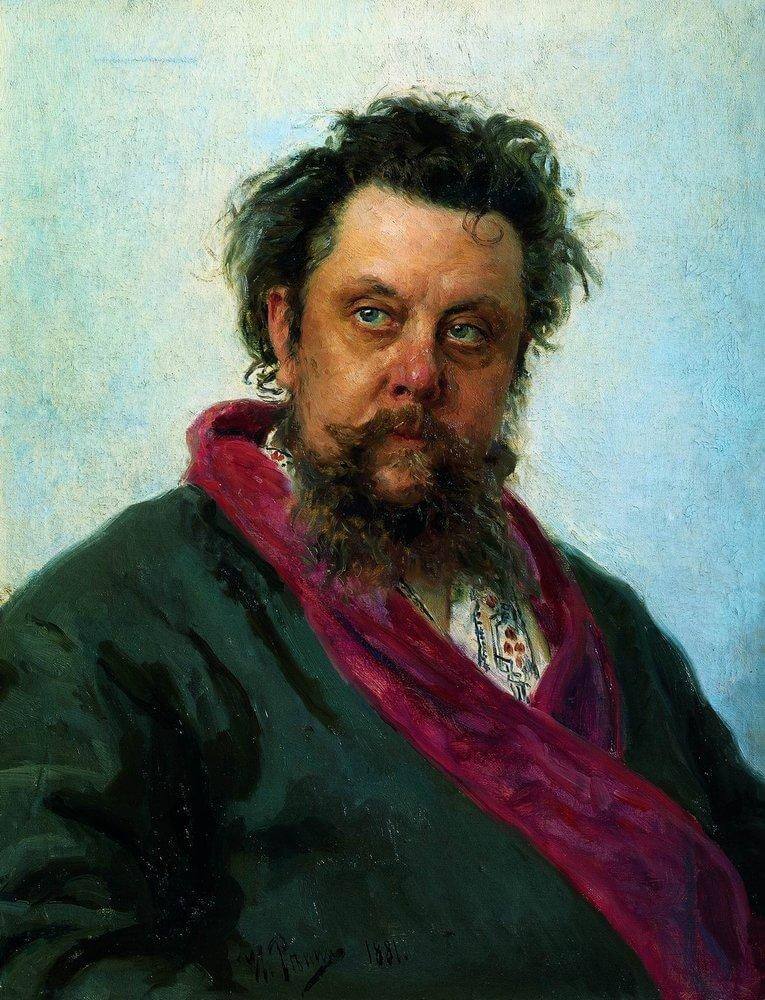Vasily Ivanovich Surikov - Paintings and Biography
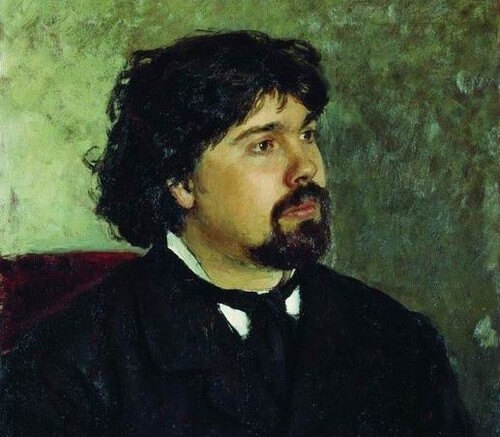
Surikov Vasily Ivanovich greatly contributed to the development of the Russian art school. He was born on January 24 (January 12 as per the old style) in 1848 in the Siberian city of Krasnoyarsk. Surikov's parents, father Ivan Vasilyevich Surikov, who served as the provincial registrar and mother Praskovya Fedorovna, nee Torgoshina belonged to the descendants of the very first Cossack families. His paternal ancestors, perhaps, came to these lands from the Don, almost at the time of Ermak. Cossack origin was a matter of special pride for Surikov - this is evidenced by the fact that Vasily Ivanovich called himself a Russian Cossack.
We know about the early years of Surikov's life, childhood, mainlyowing to the work by the poet M. Voloshin. Just before the death of the painter, in 1913, M. Voloshin, while working on a monograph about Surikov, ordered by I. Grabar, often met and talked with the prominent artist.
In 1859, the artist's father dies and his family finds itself in a difficult financial situation. Praskovya Fyodorovna was forced to rent out the second floor of her house to the tenants, and she did not refuse to earn odd jobs. Surikov graduated from the Krasnoyarsk district school in 1861 and entered the service in the provincial administration as a clerk. By that time, he had already made a decision to become an artist. It was a great luck for Surikov to acquaintant with N. Grebnev, who became his first mentor and teacher. Grebnev recognized a great potential in the teenager, and gently but persistently began to direct him in the right direction.
The governor of Krasnoyarsk P. Zamyatin also participated in the fate of the talented person; he approached the St. Petersburg with a request to enroll Surikov in the Academy. Though the application was accepted, the Academy refused to pay the scholarship to Surikov. Industrialists from Siberia in those days were distinguished by the breadth of their patronage activities and did not spare money for cultural and educational work. Among those people the gold miner P. Kuznetsov, who undertook to provide Surikov with everything necessary for the period of his studies at the Academy. At the end of 1868, Surikov with Kuznetsov's industrial wagon train set off to conquer the artistic world. It took him two months to get to St. Petersburg.
However, they did not accept Surikov to the Academy right away and made him study a little at the Society for the Encouragement of Arts, where he “stuffed” his hand drawing plaster casts. Only after that he could enroll in the Academy as a volunteer. Surikov became a full-fledged student of the Academy already in August 1870, having completed a three-year training program on his own.
This was followed by triumphs. Regretfully, Surikov did not receive a gold medal, that would guarantee a foreign internship, after graduating from the Academy, and this fact made his teacher P. Chistyakov angry. Six months later, Surikov was offered a trip abroad, but he refused it, taking on the painting of frescoes in the Cathedral of Christ the Savior in Moscow.
Thanks to his work in the temple, the artist gained financial independence and a new living environment. Once in Moscow, Surikov immediately felt his own and moved to there. He created "Menshikov in Berezovo", "Boyarynya Morozova", "Morning of the Strelets' Execution" here, and they brought Vasily Ivanovich a well-deserved recognition, and a place among the outstanding painters of that era. After exhibition in 1881 of the "The Morning of the Strelets' Execution", Surikov became an active participant in the Itinerant movement, for as long as 26 years, leaving the Association only in 1907, realizing that this movement hinders the further development of painting.
As for the personal life of Vasily Ivanovich, it is necessary to mention his marriage to Elizabeth August Share, which took place in 1878. They lived ten happy years together; Elizaveta Avgustovna gave birth to two daughters to Surikov. She passed away in 1881, as a result of the serious illness, and her death caused Surikov's severe depression. He stopped writing and in 1889 left for Krasnoyarsk with his children, hoping to stay in the “city of childhood” forever.
Here, in the "little homeland", depression receded. Almost forced to do that, Surikov's brother makes him start writing "Taking the Snow Town". Surikov is fond of work, and in the fall of 1890 he returned to Moscow. The entire period of the 1890s was marked by a new meaningful and coloristic quest - and, of course, new pictorial masterpieces that were always exhibited among the "Itinerants".
In this and the next decade, Vasily Ivanovich traveled a lot. He visited Siberia, the Crimea, the Oka and the Volga rivers. He visited Spain, Switzerland, Italy, France. At the end of his life, Surikov remained carried away by grandiose ideas. However, unfortunately, “Krasnoyarsk riot”, “Pugachev”, “Princess Olga” works remained incomplete. While on vacation and treatment in the Crimea in 1915, Surikov painted his last self-portrait, which serves as a suitable illustration of the characterization given by Voloshin. The outstanding Russian Itinerant artist passed away on March 19 (March 6 as per the new style) in Moscow. The Vagankovskoye cemetery became the artist's last refuge.
Comments (0)
Top
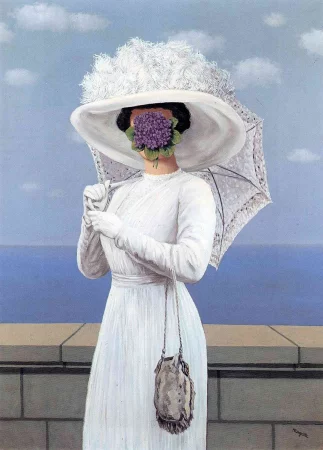 Painting The Great War, Rene Magritte - Meaning and Analysis
Painting The Great War, Rene Magritte - Meaning and Analysis
The Great War - Rene Magritte. Canvas, oil. 81 x 60 cm...
10.10.23
1 492
0
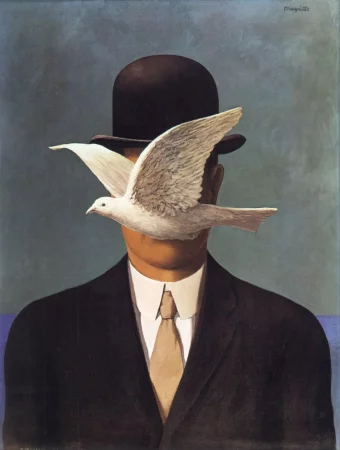 The man in the bowler hat, Rene Magritte
The man in the bowler hat, Rene Magritte
The man in the bowler hat - Rene Magritte. Canvas, oil. 70 x 50 cm...
06.09.23
3 270
0
